ExpoSense
Status project
2019-2022
Within ExpoSense, an Early Research Program of TNO, we have developed extensive high-resolution measuring equipment and data interpretation methods for the identification and reduction of particulate matter (PM), both in the general and in the working environment. Particulate matter is a major contributor to disease in the Netherlands, with 9,000 premature deaths annually due to air pollution in the living environment alone.
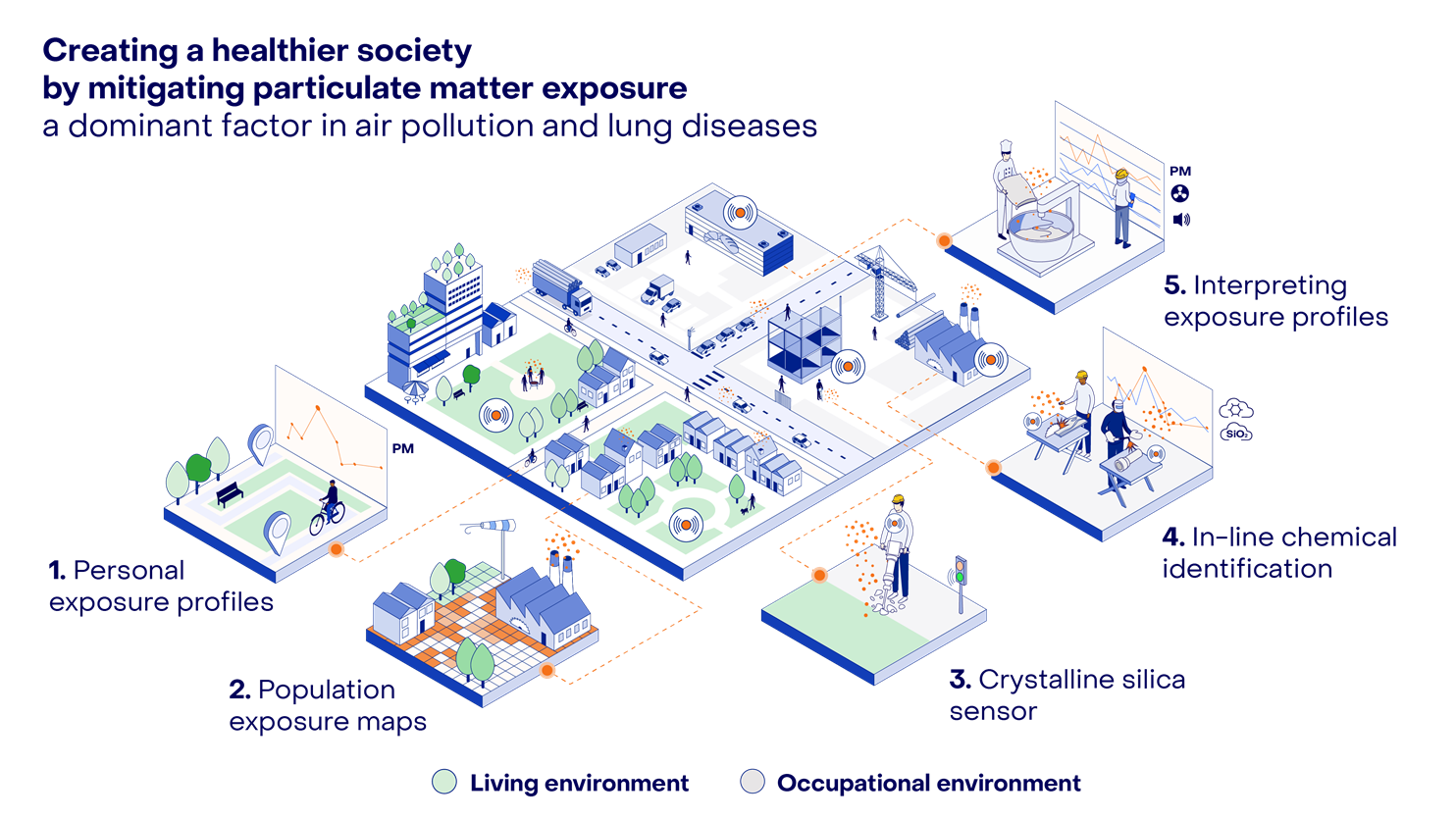
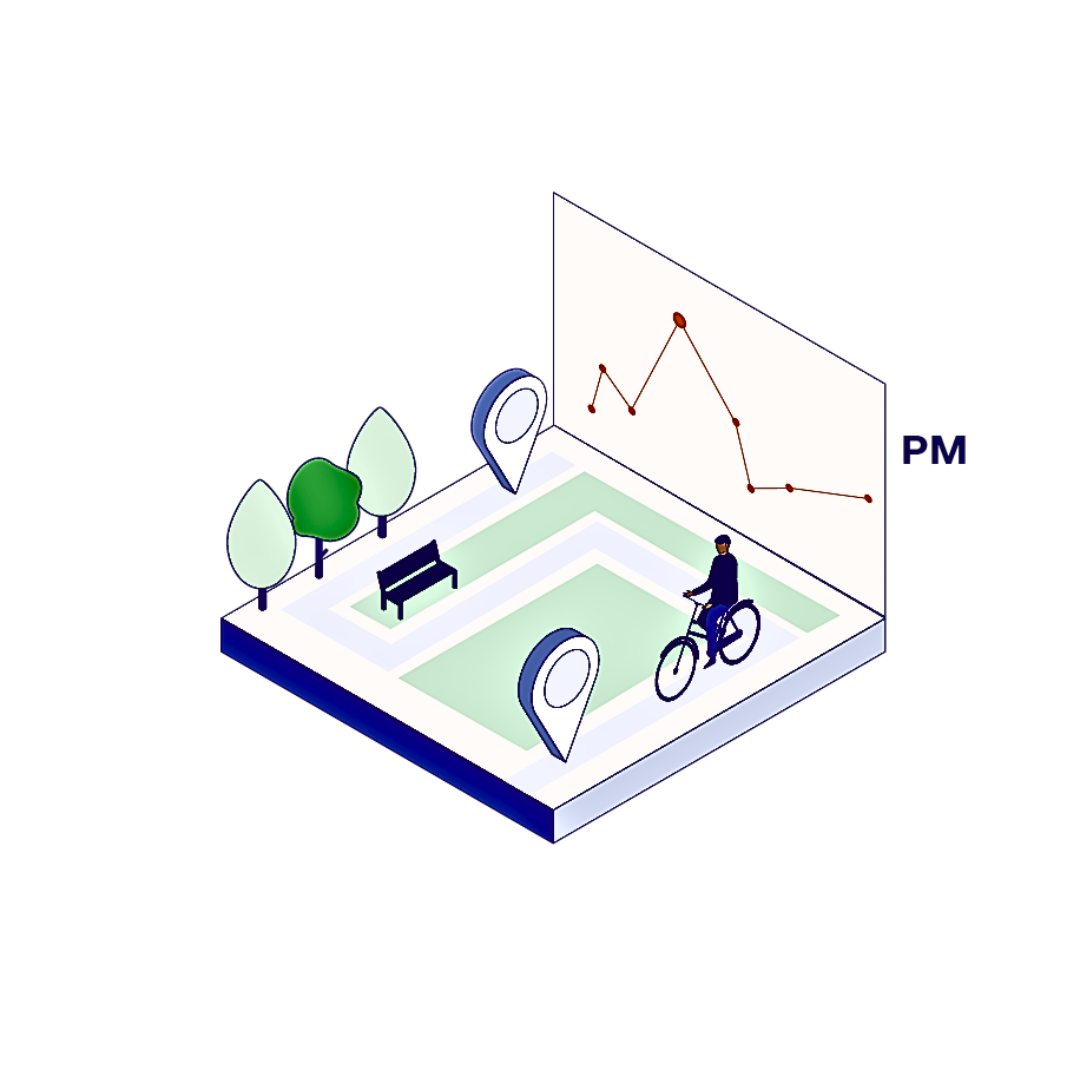
1. Personal Exposure Profiles
As part of the Applied Exposome Program, TNO combines PM sensing with GPS tracking to compile exposure profiles of individuals. Mapping the exposure profiles of individuals in everyday life enables more effective disease prevention. Detailed exposure profiles can provide information about the locations, timing and sources of exposures that can form the basis for effective feedback to vulnerable individuals or for use at the population level to inform policymakers and governments.
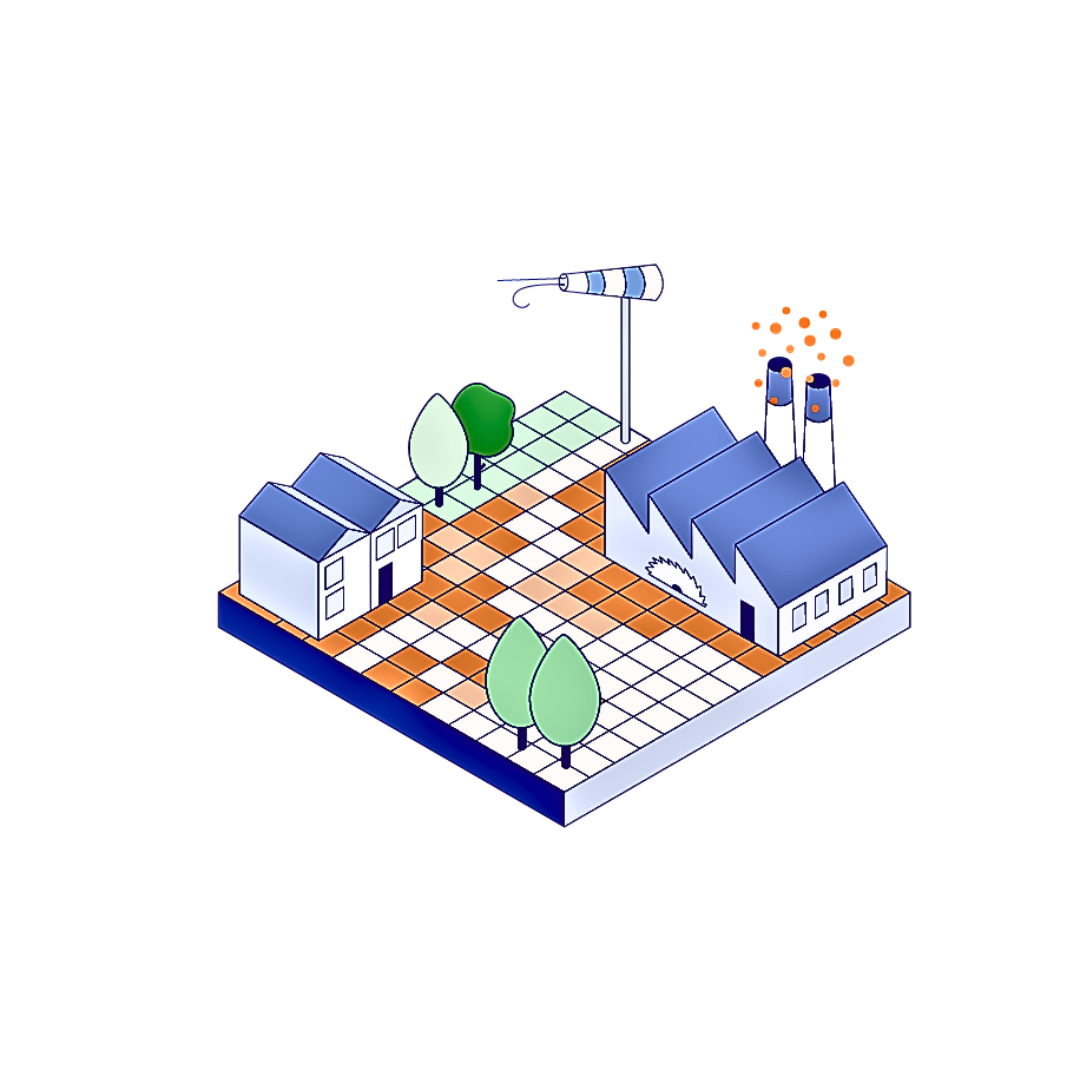
2. Maps of population level exposure
Not all areas with high particulate matter levels lead to the same number of people exposed. In order to be able to intervene in a targeted manner and achieve greater health gains, governments must have a complete picture of where the consequences of particulate matter for the population can be most serious. Within ExpoSense, we have developed methodologies to assess population exposure through a combination of dynamic PM concentration maps and information on population dynamics over time and space.
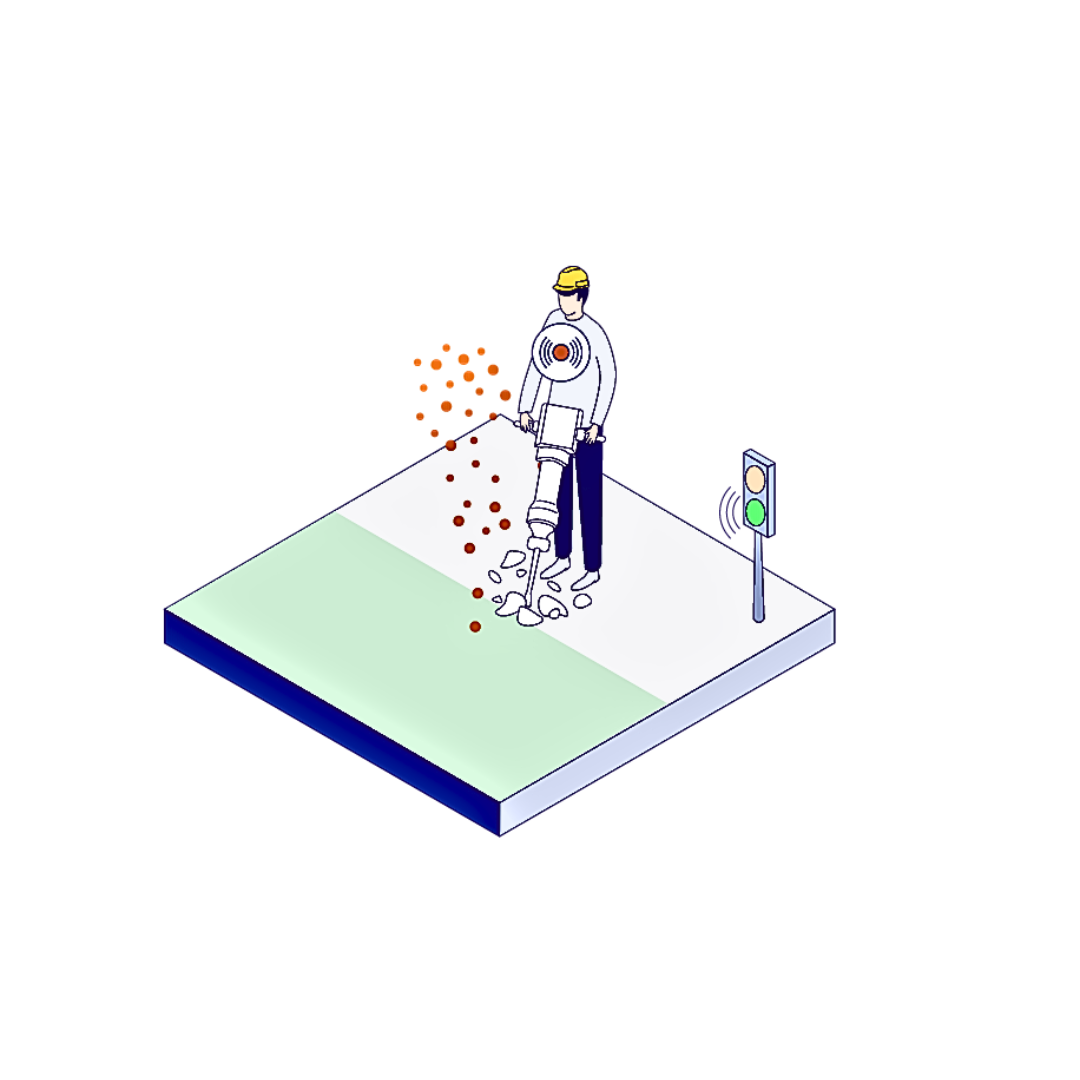
3. Crystalline silica sensor
On construction sites, activities such as milling, sawing or drilling cause significant exposure to crystalline silica dust, which can affect the health of workers. Crystalline silica can cause serious health effects. That is why TNO developed a portable device that uses optical spectroscopy to identify crystalline silica in near real-time. It makes it possible to continuously capture, process and interpret exposure data, for example to compare it in real time with occupational exposure limits in an app. This offers the opportunity for direct action and preventive measures.
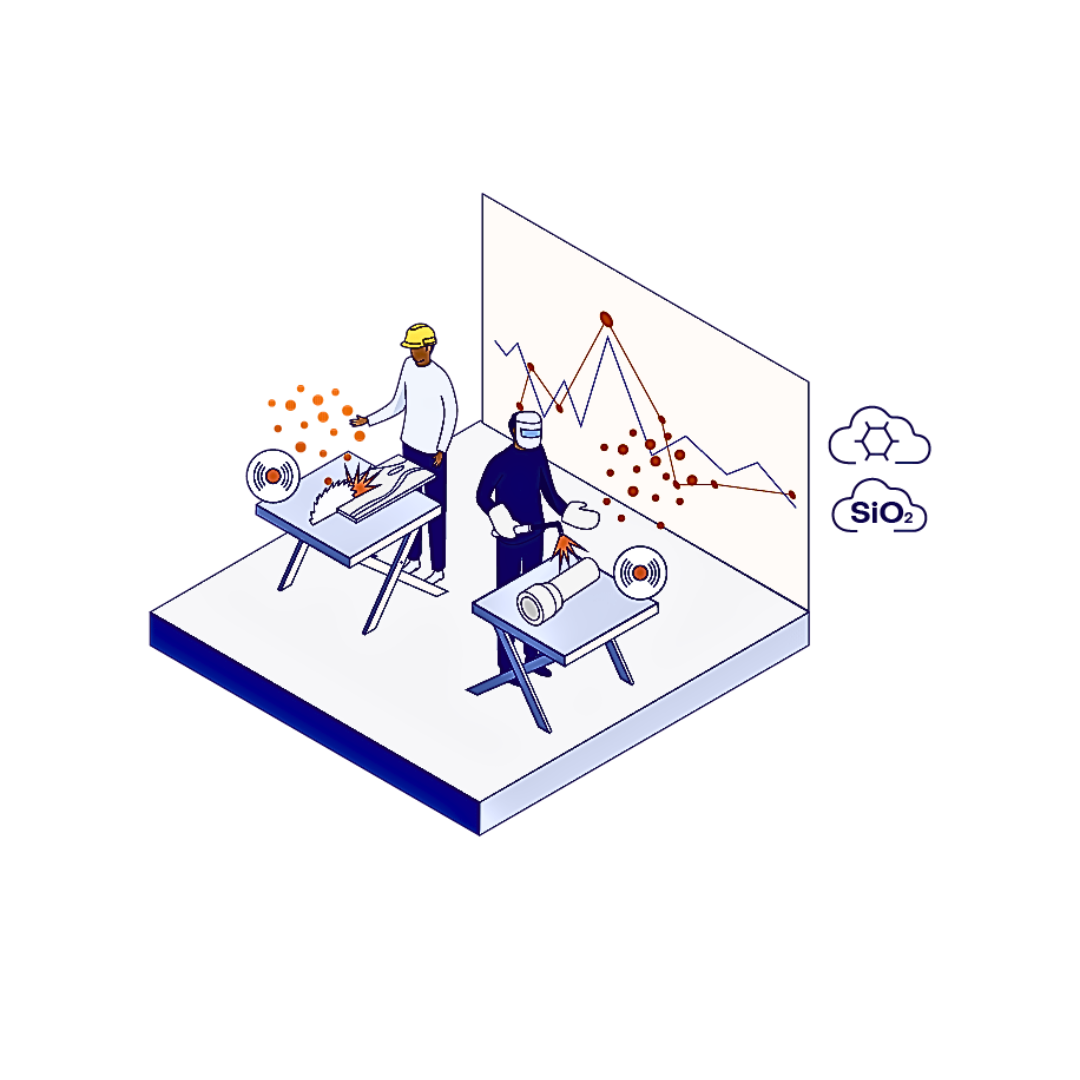
4. PM sensor with in-line chemical identification
Not all PM is equally harmful. The health effects of PM depend on the chemical characteristics of the dust. Current PM sensors can be used to measure exposure to PM, but they do not identify specific hazardous substances. TNO has developed a device that solves this problem. This system can chemically identify specific types of dust particles in complex mixtures for various occupational and military applications.
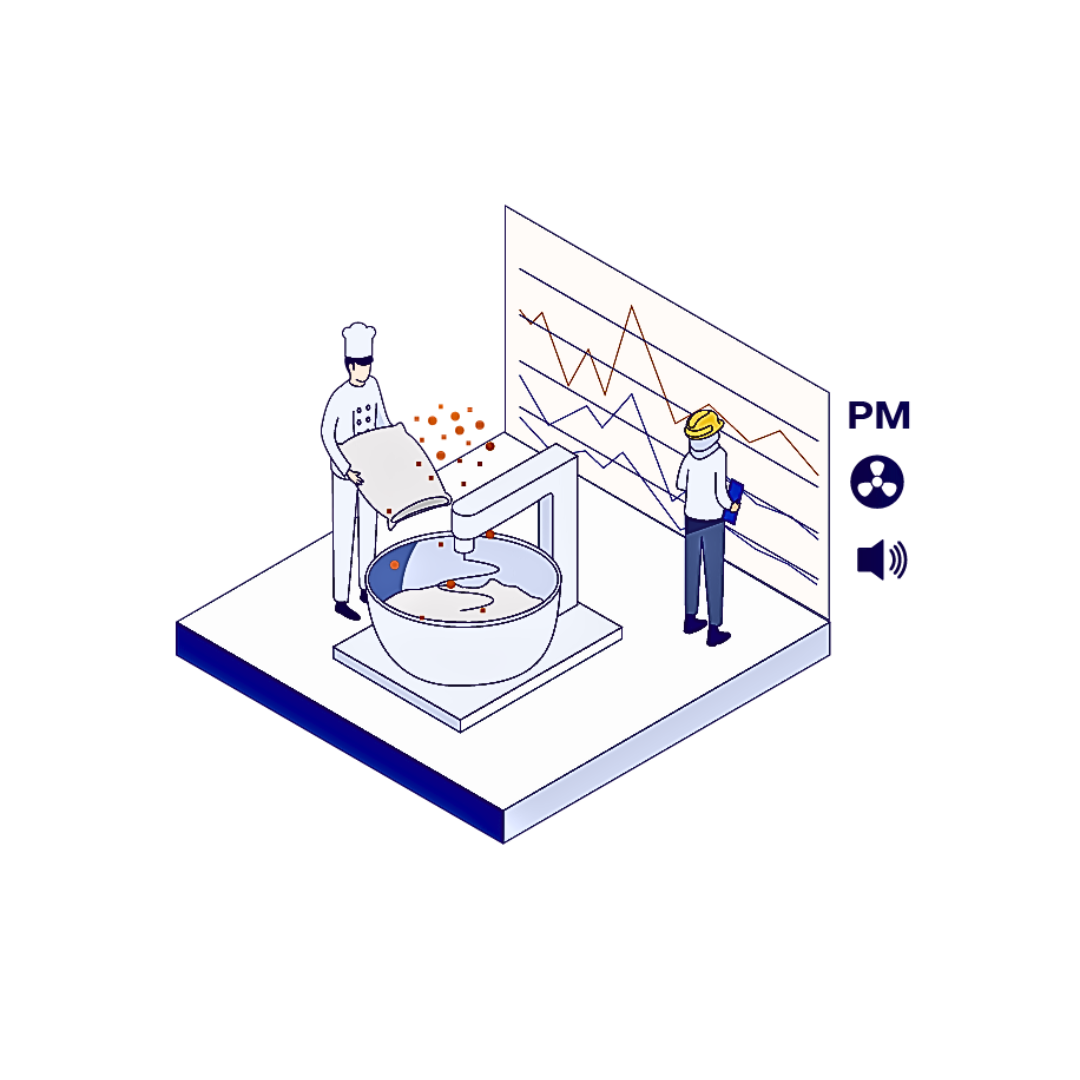
5. Interpretation of exposure profiles in the workspace
New sensor technologies for exposure assessment provide huge amounts of data with a higher resolution in time and space than conventional measurements. This offers opportunities for more effective exposure prevention, but also requires new approaches to the interpretation of the data. We synchronize exposure sensors with high-resolution information about exposure conditions to interpret exposure levels in real time. For this we use our EXCITE sensor data platform that can combine and interpret multiple high-resolution data streams in real-time and provide feedback via a dashboard or app. Based on this, exposure can be effectively reduced.
Within ExpoSense, we have collaborated with several partners. We invite potential new partners to contact us to join us in further development.

